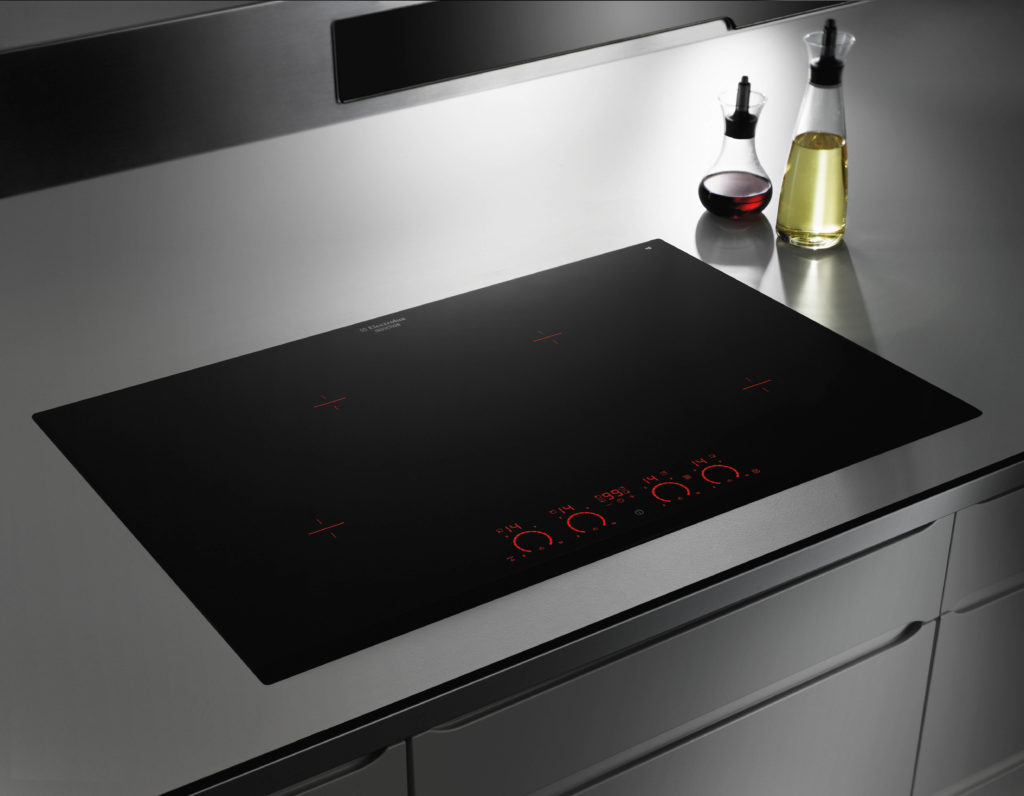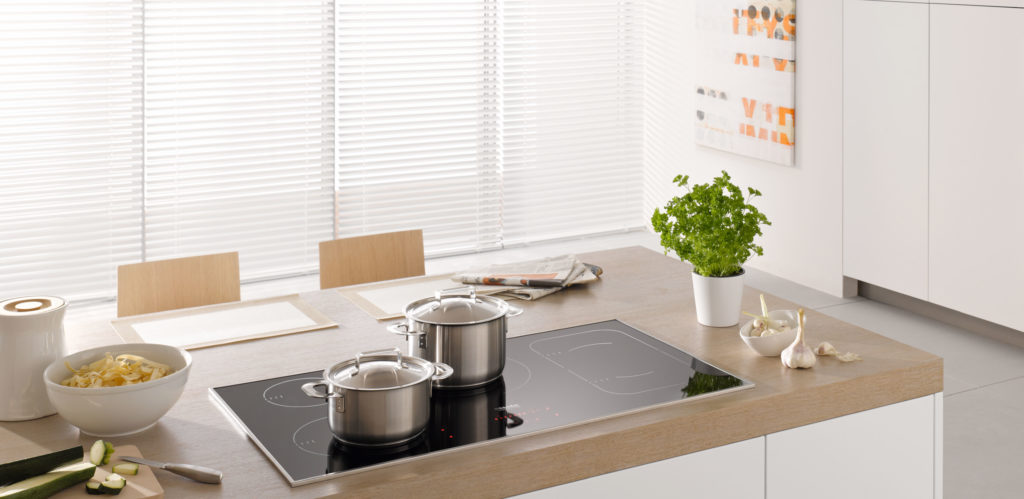It is the latest technology in the cooking sector and features many plusses that, if well understood, may compensate the initial investment and the energy costs

Induction hobs are still rare in some countries. The knowledge of this technology remains unclear and very linked to preconceptions, especially about the cost of electricity, which has always been a deterrent to the purchase of these products. However, little is known about their many advantages and evolutions that have constantly improved the appliances in many ways, beginning with the practicality and flexibility of use.
It should first be noted that, although both are powered by the current, the induction hob has nothing to do with the other electric hobs (vitroceramic, radiant or halogen).
At the base of heating in an induction model, in fact, there is no an electrical resistance or an infrared lamp, but some coils that generate a magnetic field. This, transferred to the pot placed above the hob, converts itself into heat, so cooking the contained foods.
This process determines the first major benefit of induction: the transferred heat, unlike the flame of gas fires, is only minimally dispersed, reaching a yield that exceeds 90%.
The flame of the gas hob, in fact, spreads heat throughout the area around the burner, consequently “wasting” the heat that does not go directly to warm the pot.
The same happens with the radiant electric hobs, that use a resistance warming first the glass ceramic top, which in turn transfers heat to the pot.
Induction coil, instead, activates a magnetic field magnetizing the iron-bottomed pot, which is the only area that receive heat, while the rest of the hob remains cold.
This determines the second great plus of the induction appliances: the speed of cooking. They are, in fact, the fastest devices in reaching boiling temperature, heating a liter of water in about 3 minutes, compared to 5 minutes of gas and 8 of a radiant electric hob.
These two elements, at least in part, compensate the high cost of electricity, as everything is cooked faster, reducing the use of the appliance itself.
Security and versatility

The absolute absence of fire in induction hob implies a safer use of the appliance itself. But this is not the only reason why these products are less dangerous than others.
The gas cooker also warms the areas around the pot, increasing the risk of the user getting burned, as opposed to the induction hob, which instead transfers the heat only to the pot, keeping the surrounding areas cool. Moreover, the magnetic field does not activate itself with other objects that are not iron-bottomed pots.
In addition, being completely smooth, an induction hob also minimizes the danger of overturning the pots, as opposed to gas or electric hobs.
And if security is of the utmost importance, the flexibility of the induction models, which has recently been released from many of their previous limits, is also highly appreciated. The first, very appreciated by kitchen enthusiasts, is the cooking area that in the first versions was confined to precise zones but in the latest models has been more and more expanded, offering the opportunity to combine more cooking areas and even cooking anywhere on the surface of the hob.
And for optimal cooking, the induction hobs allow to adjust the temperature with absolute precision by selecting one of the many levels of heat with a touch, which is impossible with flame and resistance, less flexible.
| Bridge Area, Flexy Zone and Full Flexy Among the most advanced characteristics of the induction hob, a very interesting one is the possibility of extending the cooking area and locating the pot where the user wants with different options, such as the so-called Bridge Zone, that is the union of two single cooking areas where putting a large pot. The Flexy Area, instead, is generally made up of four consecutive coils, which can be joined together to create a cooking zone that suits the needs of the user. The latest great evolution, finally, is the so-called Full-Flexy function, which allows the pot to be placed anywhere on the surface, which automatically activates the below area. |
| Induction: which are the disadvantages? Among the main disadvantages of an induction hob, one of the most obvious is the obligation to use only iron-bottomed pots, which excludes several common types of pans, in addition to coffee makers and non-stick frying pans. However, recently special adaptive discs have been introduced on the market, at affordable cost, which also allow the use of unsuitable pots, but with the drawback to lengthen the cooking times. Another remaining problem is the risk of energy overload and consequent black-out, for example with the simultaneous use of other household appliances, although on the market there are induction hobs with consumption indicators that can prevent this happens. |



